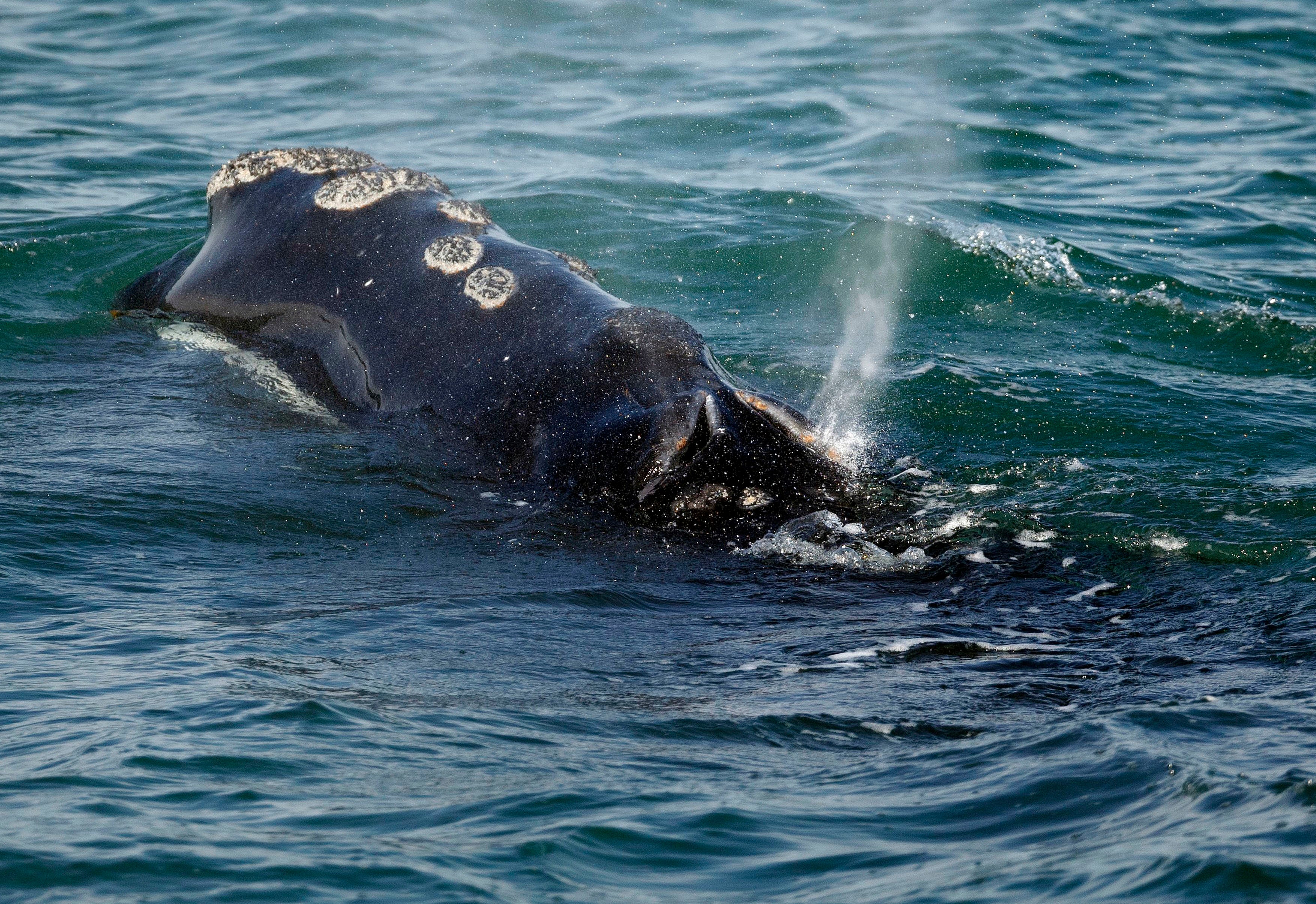Vanishing whale's decline worse than previously thought, feds say
A review of the status of a vanishing species of whale found that the animal’s population is in worse shape than previously thought

Your support helps us to tell the story
From reproductive rights to climate change to Big Tech, The Independent is on the ground when the story is developing. Whether it's investigating the financials of Elon Musk's pro-Trump PAC or producing our latest documentary, 'The A Word', which shines a light on the American women fighting for reproductive rights, we know how important it is to parse out the facts from the messaging.
At such a critical moment in US history, we need reporters on the ground. Your donation allows us to keep sending journalists to speak to both sides of the story.
The Independent is trusted by Americans across the entire political spectrum. And unlike many other quality news outlets, we choose not to lock Americans out of our reporting and analysis with paywalls. We believe quality journalism should be available to everyone, paid for by those who can afford it.
Your support makes all the difference.A review of the status of a vanishing species of whale found that the animal's population is in worse shape than previously thought, federal ocean regulators said Monday.
The North Atlantic right whale numbers less than 350, and it has been declining in population for several years. The federal government declared the whale's decline an “unusual mortality event,” which means an unexpected and significant die-off, in 2017.
The National Oceanic and Atmospheric Administration released new data that 114 of the whales have been documented as dead, seriously injured or sub-lethally injured or sick since the start of the mortality event. That is an increase of 16 whales since the previous estimate released earlier this year.
The agency recently completed a review of the whales using photographs from researchers and surveys to create the new estimate, said Andrea Gomez, a spokesperson for NOAA.
“Additional cases will continue to be reviewed, and animals will be added if appropriate, as more information is obtained,” Gomez said.
Thirty-six of the 114 whales included in the estimate had died, NOAA documents state. The agency cautioned that only about a third of right whale deaths are documented, so the total number of dead or injured animals could be much higher.
Right whales are found off the Atlantic coast of the U.S. They are vulnerable to collisions with large ships and entanglement in commercial fishing gear. The federal government has worked to craft stricter rules to protect the whales from both threats.
Commercial fishing and shipping interests have both vowed to fight stricter protections. A federal appeals court sided with fishermen last month after they filed a complaint that proposed new restrictions could put them out of business.
The new data illustrate how dire the situation is for the whales, said Sarah Sharp, an animal rescue veterinarian with International Fund for Animal Welfare. The number of injured animals is especially significant because injured whales are less likely to reproduce, Sharp said.
“If animals are putting energy into healing from a wound, they are not necessarily going to have those energy stores for other things,” Sharp said. “I think this just paints a much more accurate picture of the threats these whales are facing.”
The whales give birth off Florida and Georgia and feed off New England and Canada. They have been protected under the Endangered Species Act for decades, and federal authorities ruled in December that they must retain that protection.